For traditional Mi'kmaw adult eel fishers, it's not about the money
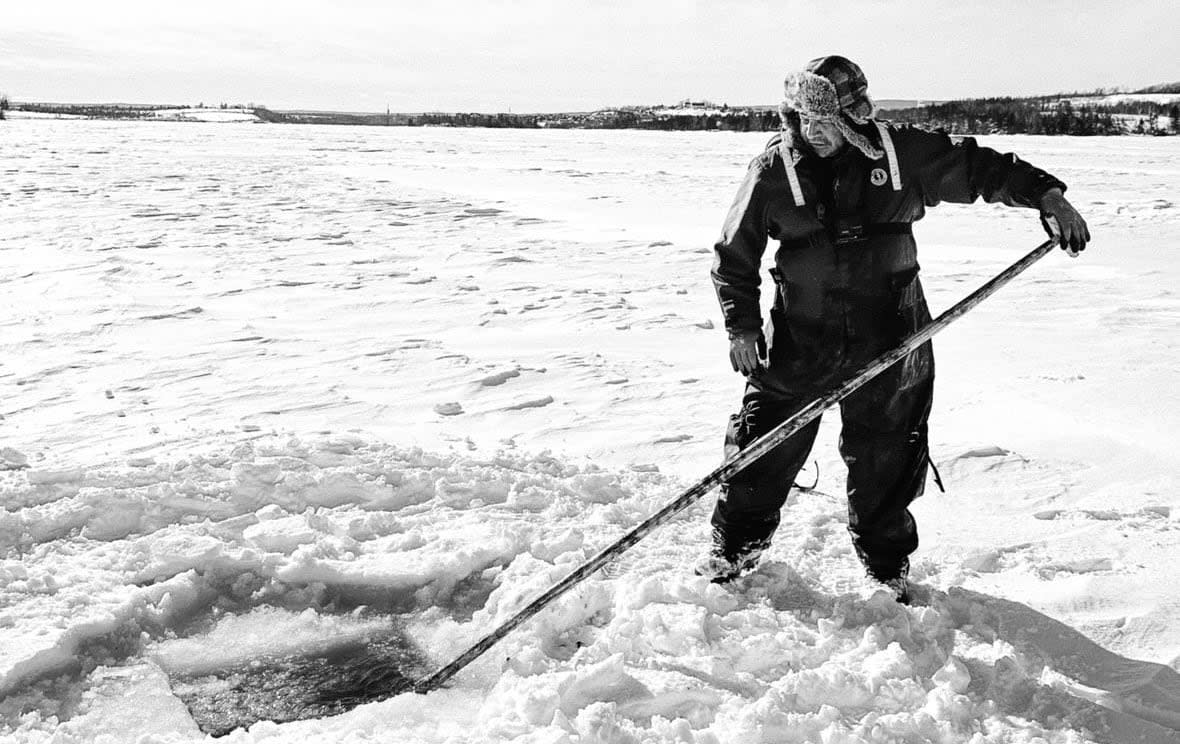
Mi'kmaw fishermen thrust a rake-like spear deep into a hole cut in the ice on a river in Antigonish, N.S., during a cold February afternoon, hoping to catch an adult eel and honour the legacy of their ancestors in the process.
"The main thing is to feed our people — the elderly, the sick," said Terry Denny. "It's important you're doing something that you are not getting a cash reward."
Eel, or katew, is a traditional food source for the Mi'kmaq. Ceremonially significant, they're often eaten in a broth as a baby's first meal upon arriving from the spirit world and as an elder's final meal before their trip home to the spirit world.
But some of the fishermen who are keeping the traditional fishery alive are noticing a decline in eel numbers — a sign of powerful forces threatening it.
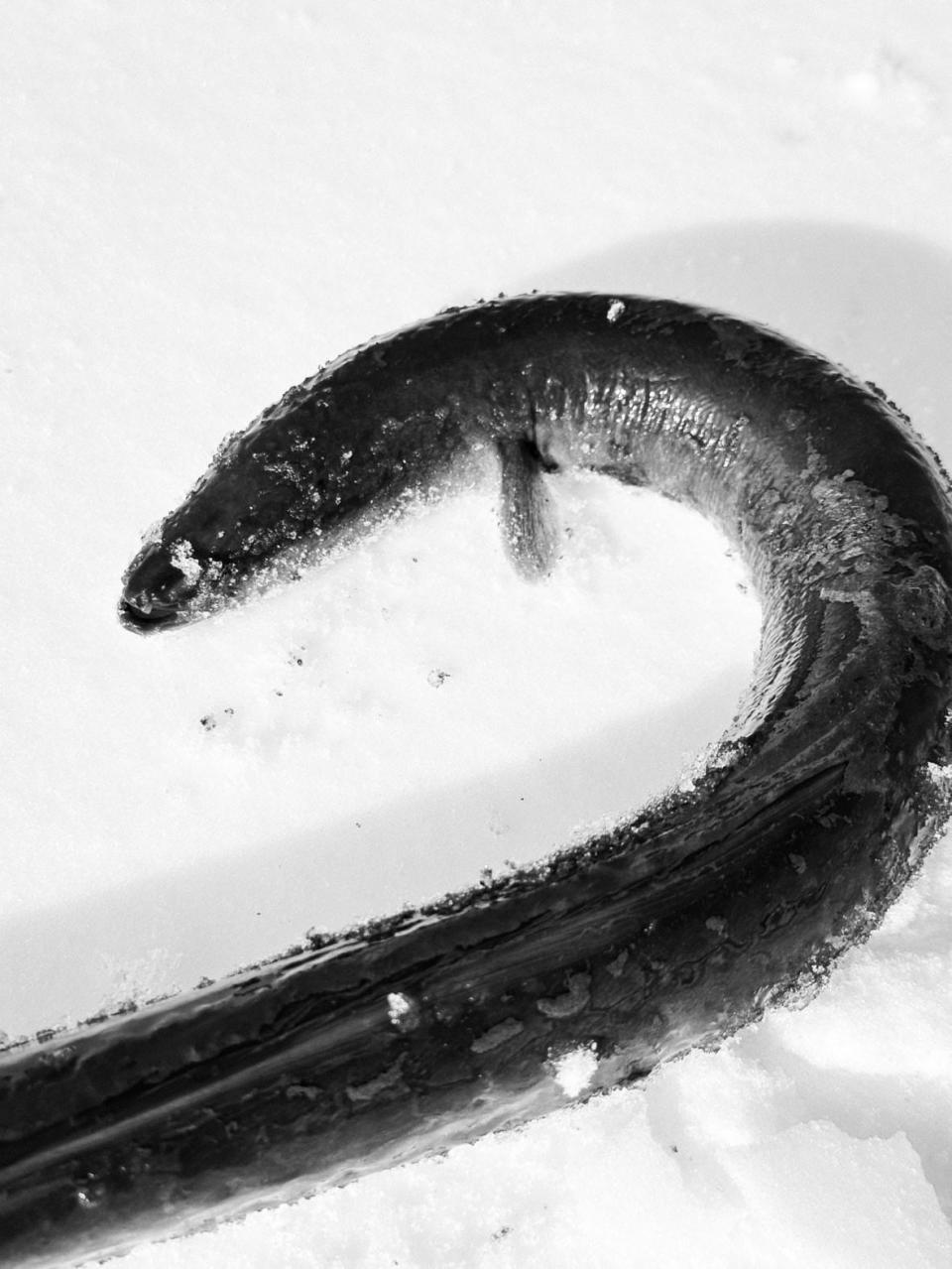
The Mi’kmaq have had a sacred connection to eels since time immemorial. (Mackenzie Pardy)
Nova Scotia is home to the American eel, which the International Union for the Conservation of Nature has classified as an endangered species because of threats such as pollution, climate change and overfishing.
The recent surge in both commercial and unauthorized fishing for elver, or baby eels, has placed further strain on the species.
The fishing of baby eels can be a hot topic, clouded by judgments, differences in opinions, and undefined treaty rights. This has led to a range of opinions among Mi'kmaq and brought discussions about moderate livelihood harvesting rights to the forefront.
Kerry Prosper is an elder and knowledge keeper from Paqtnkek Mi'kmaw Nation who feels a connection to his ancestors when he is fishing adult eels, which he has done for most of his life.
Prosper does it to share his catch with his community, although he said he isn't harvesting this year due to the low numbers.
"If the large eels are fished out now into depletion, I can see the elvers falling very fast. But now we have the elver fishing going at the same time, and how are the big eels going to repopulate if they're taking the baby ones?" he said.
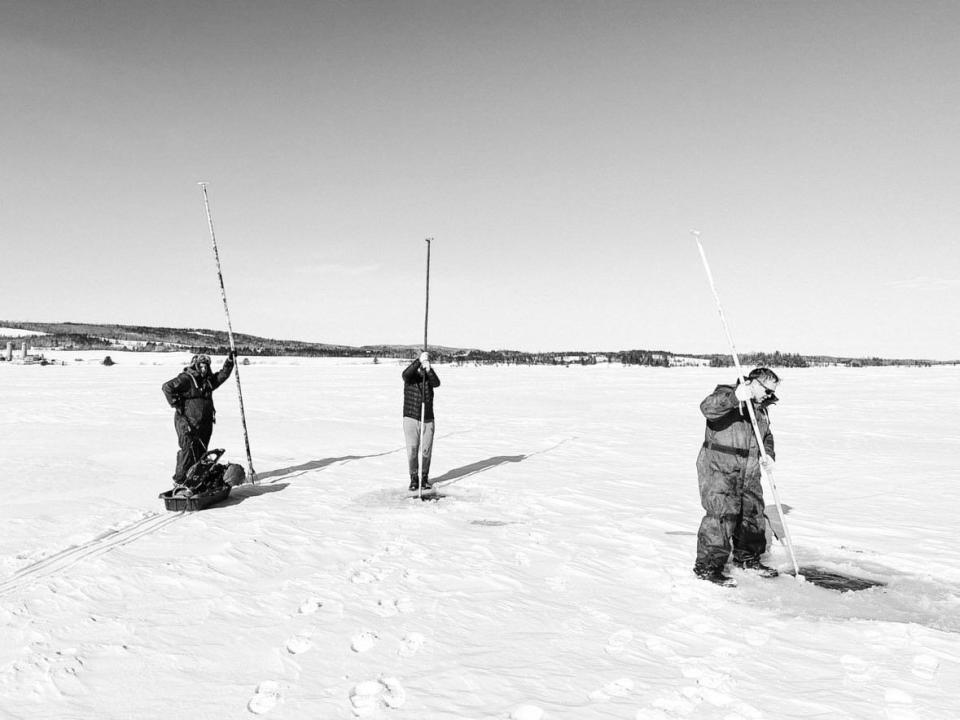
The state of this traditional and ceremonial fishery is changing dramatically in recent years. (Mackenzie Pardy)
The life cycle and movement of eels are surrounded by mystery, and the modern harvesting of eels, surrounded by contention.
The American eel has a complex life cycle that begins in the Sargasso Sea in the North Atlantic, where adult eels lay eggs that hatch into leaf-like creatures that are transported north and west to North America by way of the Gulf Stream.
By the time they approach the coastlines, they've undergone two transformations: from their transparent leaf-like form into tiny transparent glass eels, and then into pigmented elvers that enter freshwater estuaries to grow into adults.
High demand for eel in Asia, and the collapse of eel fishing in Europe, due to European eels being declared critically endangered, has pushed the market value of elvers as high as $5,000 a kilogram.
That led to a surge of harvesting and prompted the Department of Fisheries and Oceans to cancel the fishery, which normally starts in late March, for the second year in a row.
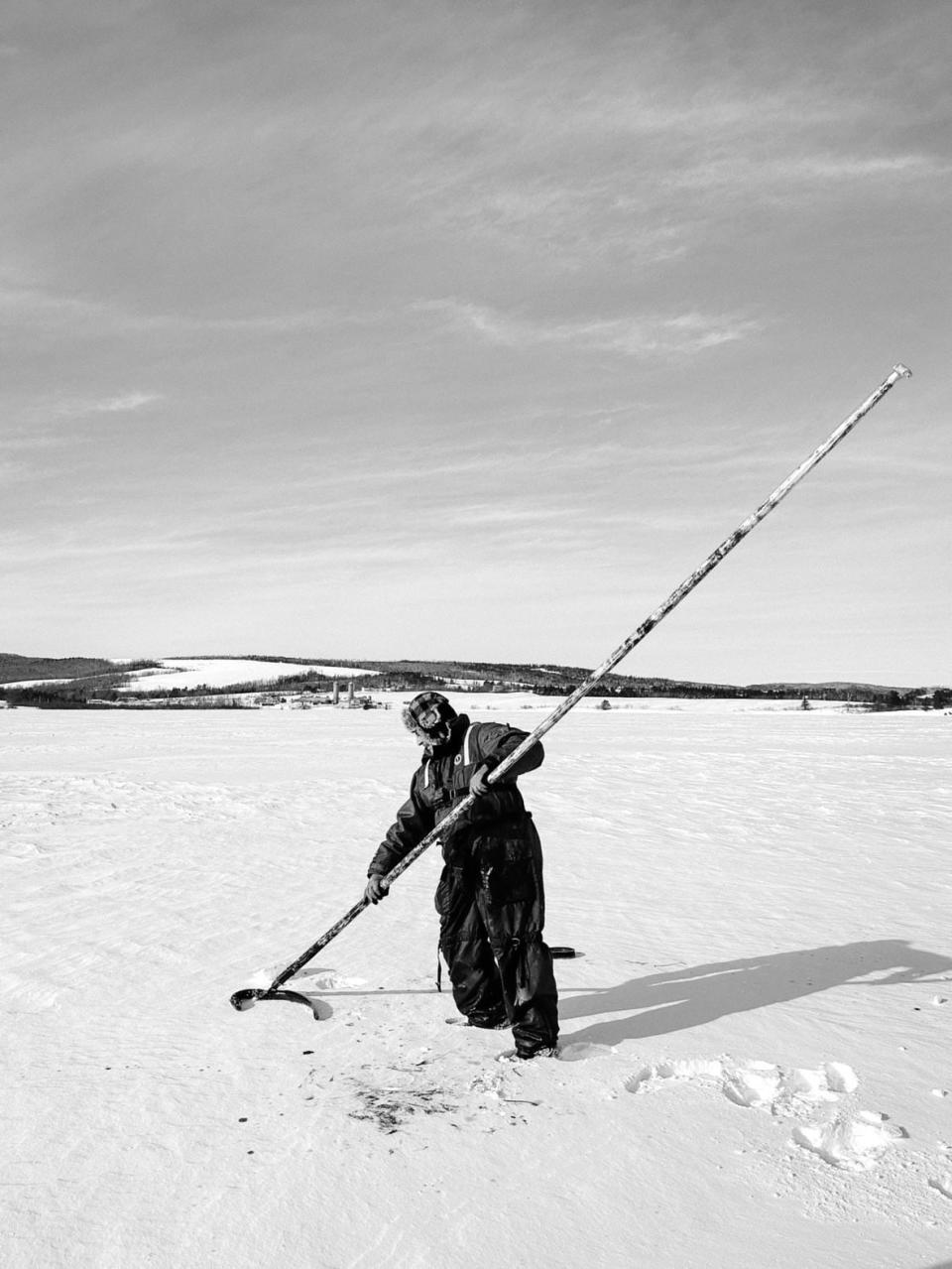
Ceremonially significant, eel has a long history as a staple food source that Mi’kmaq were dependent on year round and was often given as an offering with prayer. (Mackenzie Pardy)
Out on the ice
Winter harvesting of katew today — with its whipping winds, long arduous hours and a good chance you may go home empty-handed — is a selfless act, done to provide for the community.
It's a sacrifice that traditional eel fishers from Eskasoni like Aaron Prosper, Floyd Prosper, Bob Denny Jr., Terry Denny and his sons made on a recent February afternoon.
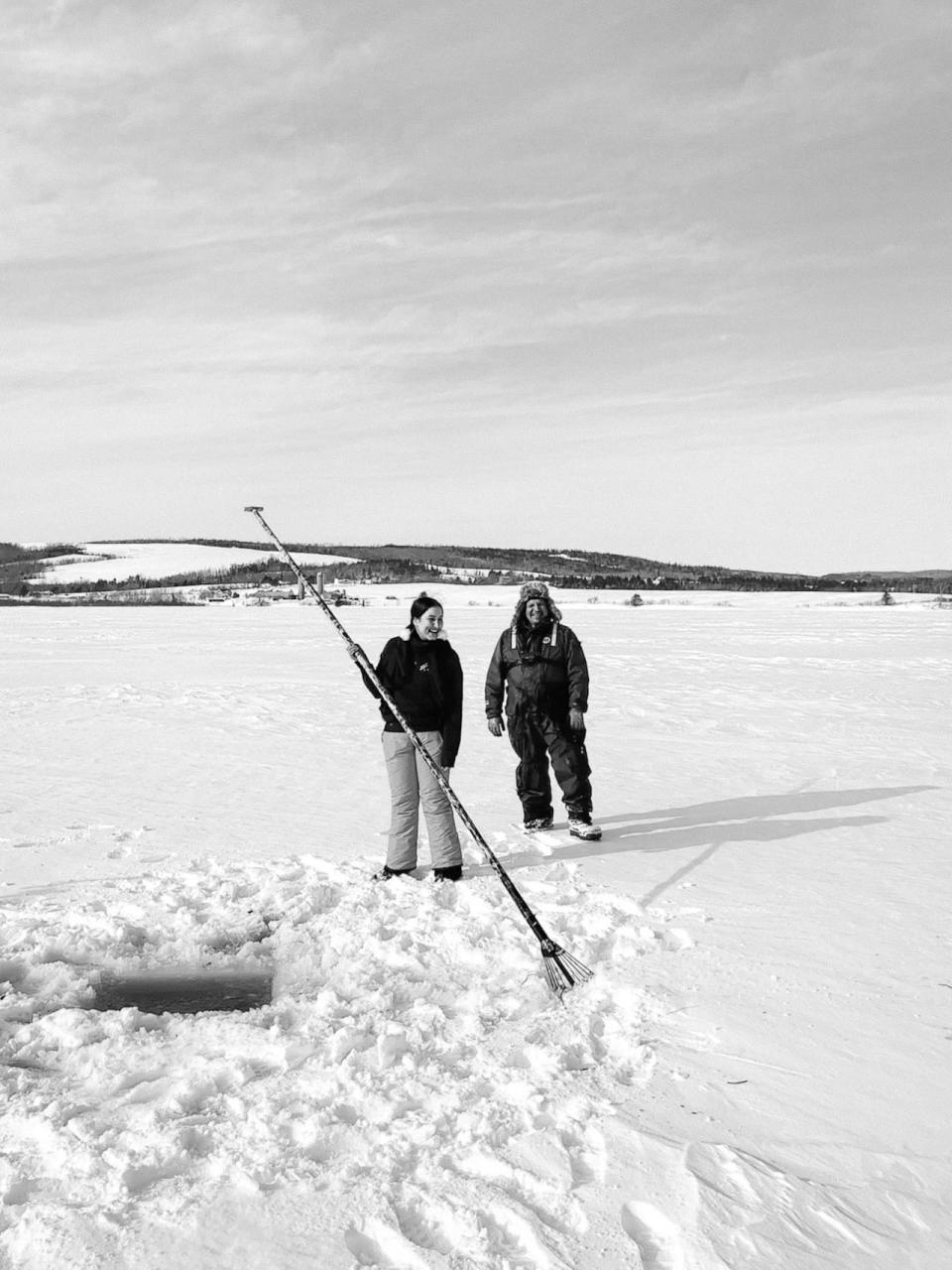
The fishing of adult eels by the Mi'kmaq is bound by netukulimk, which is the practice of taking only what you need and the responsible use of the natural bounty provided by the Creator. (Mackenzie Pardy)
Terry Denny is a knowledge keeper, storyteller and practitioner of traditional harvesting methods passed down to him from his father, who told him that eeling is done for the community. They battle the wind and cold for those who cannot do it themselves.
Eel holds an important place within Mi'kmaw ceremonial settings, and holds broader meanings in the Mi'kmaw concepts of reciprocity, shown in the way eel has historically been shared within the community.
"[When I come out eel fishing] I feel part of my father, my grandfather and their fathers before them" said Terry Denny.
"As long as people do this in a good way, we will have it for a long time. Money and the economy … this cannot supply this. We are here to take what we need and [as much as] people ask for."
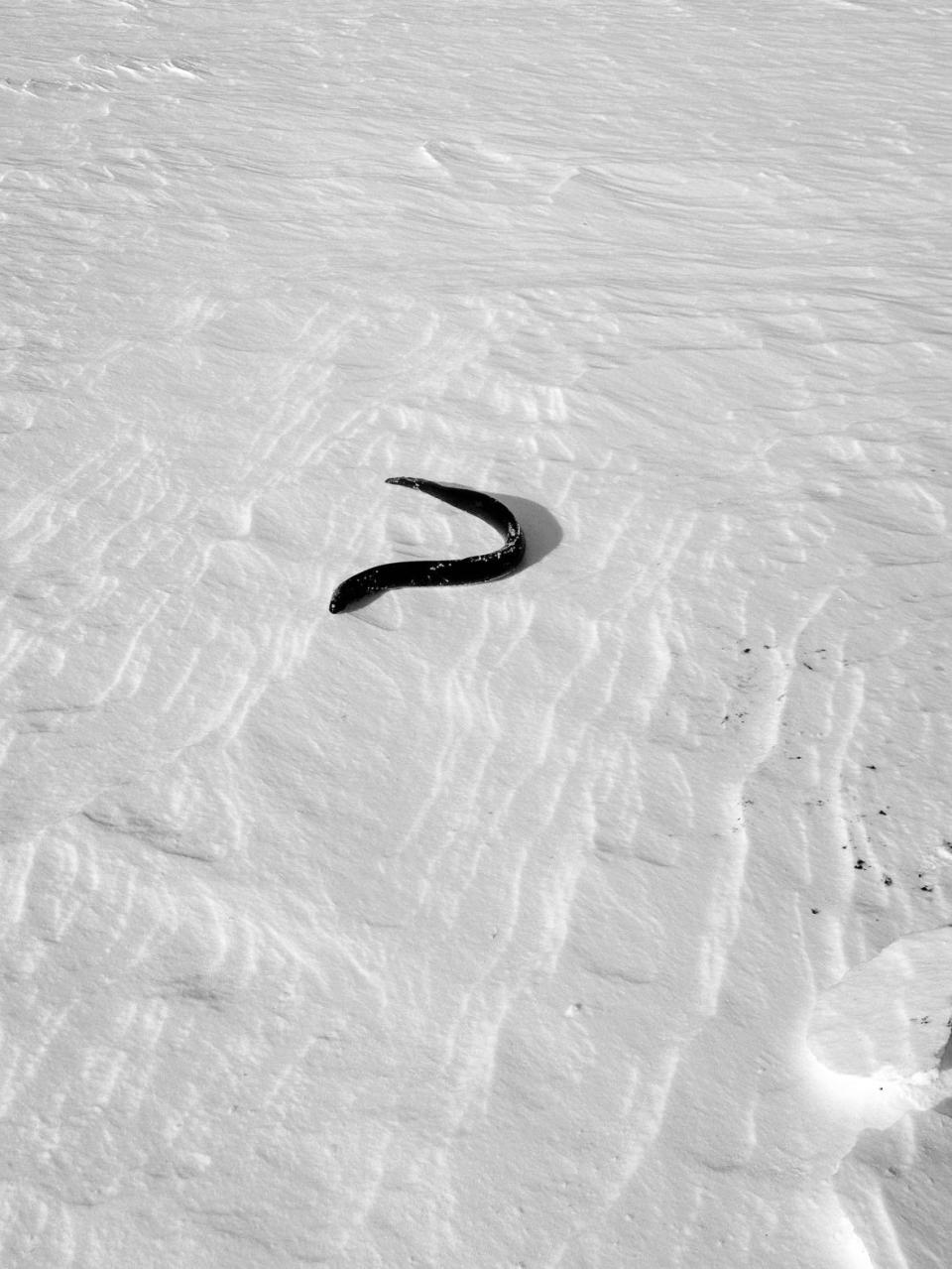
An eel is offered to the spirit world to give thanks for allowing people to harvest them. (Mackenzie Pardy)
Denny also stressed the importance of food offerings to the spirit world. He said his great-grandfather was always sure to offer an eel to the fire in prayer, even when he didn't have enough to feed his family.
The sacrifice of one eel to the spirit world signifies the lack of greed in these cultural traditions.
"We cannot take all, we must give back. The spirit world takes care of us when we give back," said Denny. "When we do not walk with the spirit world … then greed, hate, all those bad things come with that."
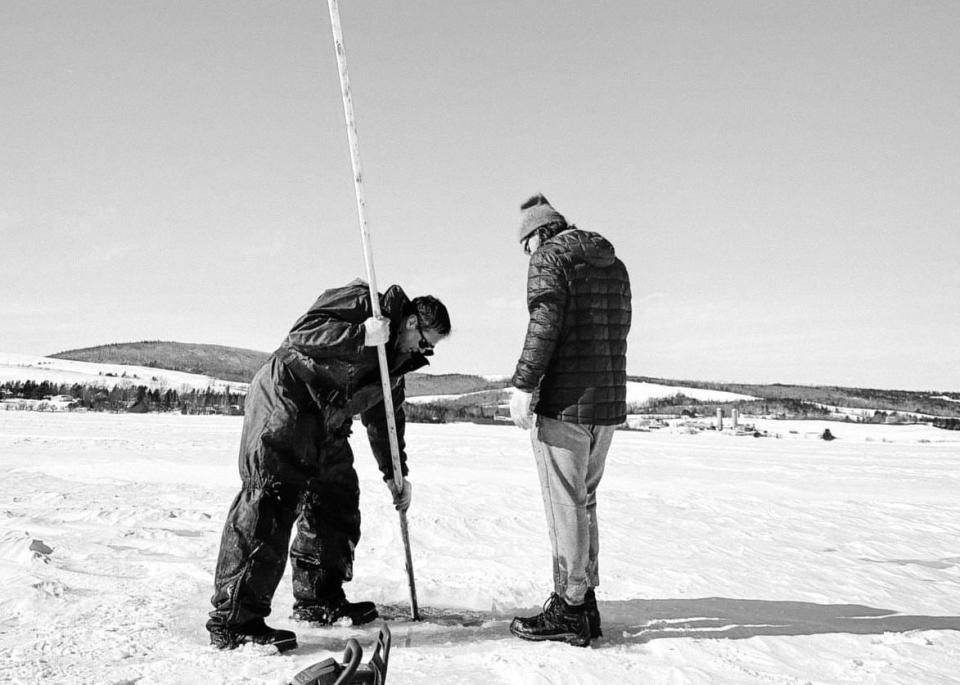
Eeling is done traditionally with community in mind. (Mackenzie Pardy)
Aaron Prosper is a Mi'kmaw artist and health consultant who is deeply involved with efforts to preserve and revitalize Mi'kmaw culture, language and traditions in Nova Scotia. His family used to clean and package the eels they caught and give them out to different families, elders and people in need, he said.
He's noticed a change in the number of eels they catch over the past 15 years. It used to be that they could bring home about 50 in a day, meaning they only needed one trip to provide enough eels for the community. Today the outings yield much smaller numbers.
"There's been a couple of guys that have come out, make about 20 holes, and they don't catch any," he said. "That's concerning."
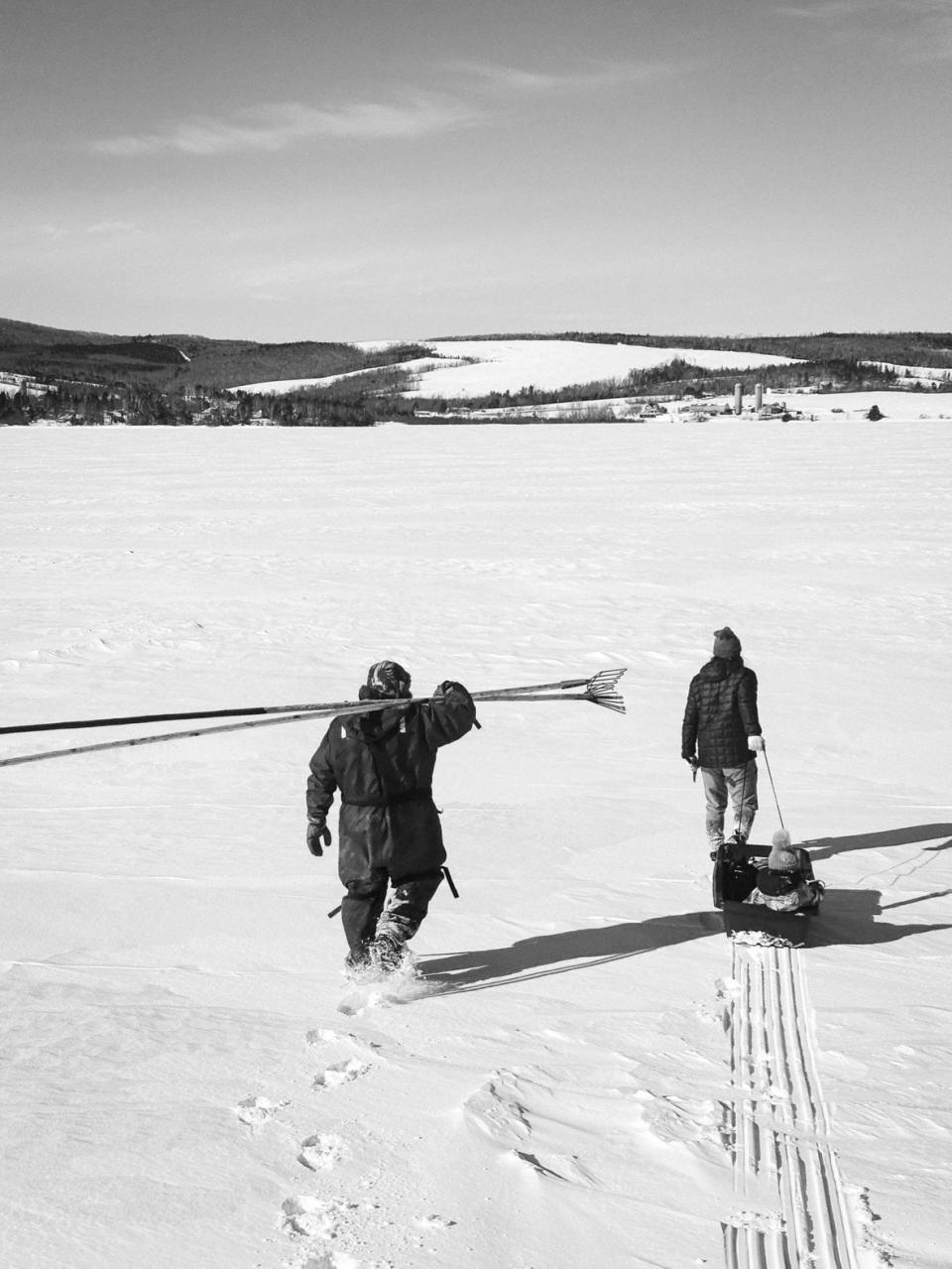
The enduring significance of eels in Mi'kmaq spirituality is maintained through generations, even in contemporary times. (Mackenzie Pardy)
As these men leave the snowy, glistening landscape, a sense of anticipation and satisfaction fills their conversations as they mention who they are going to share their catch with.
They carry on the legacy of their ancestors and continue these time-honoured traditions for at least another day.
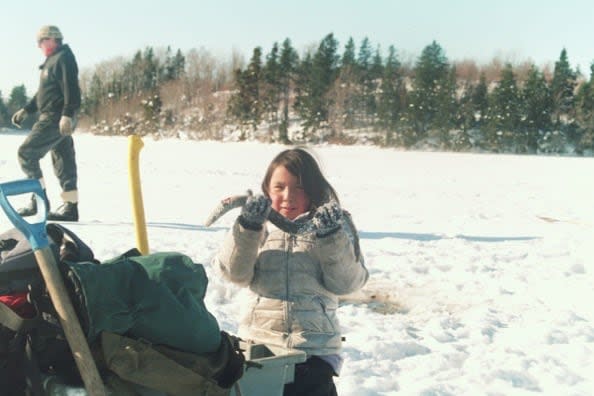
Kerry Prosper and his daughter Jaden harvesting eels in the early 2000s. (submitted by April Prosper)
'The worst thing you could do to the fishery'
The voices of elders like Kerry Prosper are underrepresented in the discussions around the elver fishery. He believes the future of Mi'kmaw food security is in jeopardy.
"People are accumulating intergenerational wealth through this elver fishing, millions of dollars … and at the same time really putting our intergenerational food security in jeopardy," he said.
"I think the introduction of elver fishing was the worst thing you could do to the fishery," he said.
"It's like taking the lobster and selling the eggs too... I don't understand."
MORE TOP STORIES

 Yahoo News
Yahoo News 
